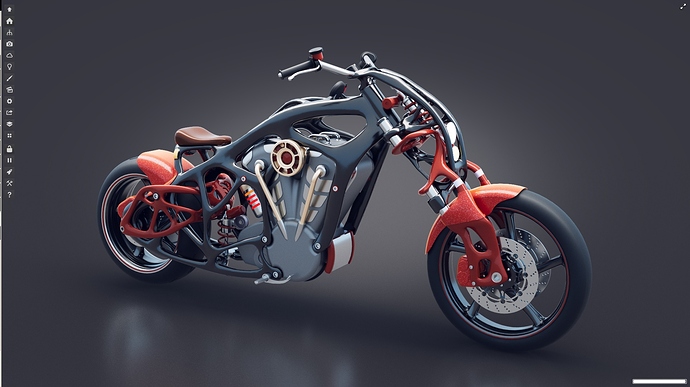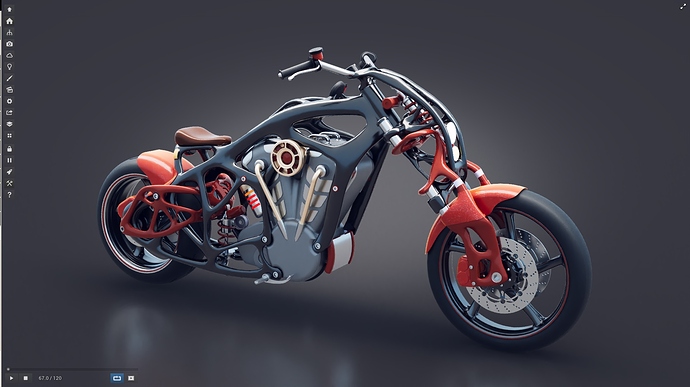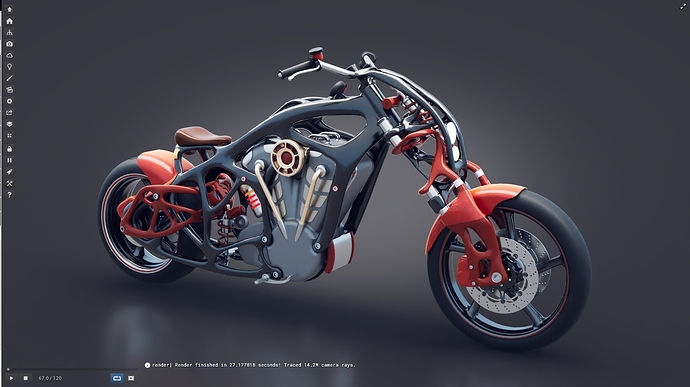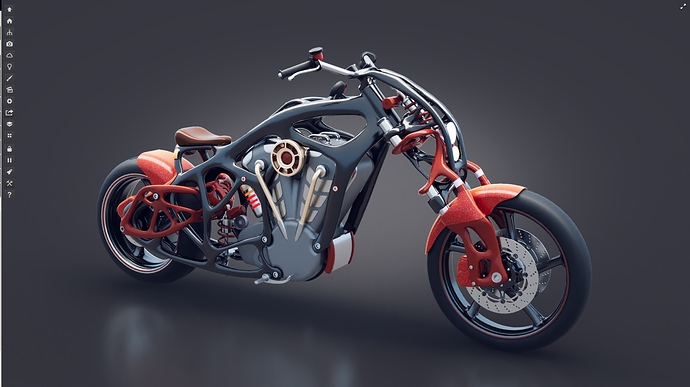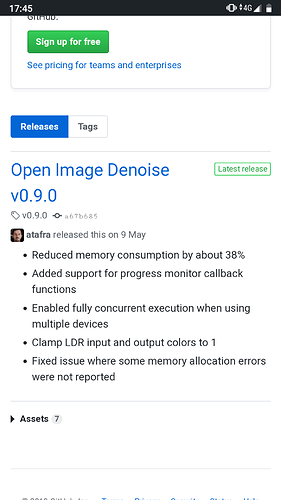Good news, everyone! https://twitter.com/attila_afra/status/1110209987312340992
Oh, how noice… 
would be also fine to know why pull request to support OpenEXR is being ignored  (for a month already)
(for a month already)
how can we implement this with blender ?
Hi, you have to build Blender on your own with applied patch from Swerner.
https://developer.blender.org/D4304
Here is a 2.79 build with OIDN and some more: https://blender.community/c/graphicall/dbbbbc/
Cheers, mib
great news! I was a little surprised with the original comments about it not handling the higher samples…the examples ive seen so far it definitely holds very well at all levels in comparison to blenders default denoiser. Moreover at multiple different light values as well.
I assume this is only for intel CPU’s right?
Any luck for amd support ?
It’s compatible with AMD.
Your CPU must have SSE4.2 and a 64 Bit architecture.
Wow very nice thank you
I have ryzen 1600 ! So Iam pretty fine
Will surely give this a try
I’m the developer of LibThree, and the last nightly build supports Open Image Denoise. You can compare it vs Optix. From my tests, it preserves the details a bit better. It’s also quite fast… for CPU of course - 2 sec for HD on 6-core machine.
Ground truth:
Open Image denoise:
Optix:
IMO, the library has a lot of potential, it’s not even version 1.0.
Thanks for comparison. Did you use with albedo and normals OAVs?
@Atair
Many thanks for the information !
It could be useful for game engines too.
Can I relay your post on Godot forum?
Edit: Even if I’m apparently a bit late…
Yes, the denoisers have the AOVs they need. However, I did not encode the flakes in the albedo previously. Here are the same images if the flakes affect the albedo. Actually, it seems there is an issue with Open Image Denoiser. You can notice that the back tire now has noise, although its albedo is the same. This didn’t happen with Optix.
Optix:
Open Image Denoiser:
Similar issue appears with LuxCore’s OIDN integration:
Far end of shadow noise [LuxCore Render Forums]
… which has already been fixed for the next release:
Not sure if has brought to attention, on May they released v0.9 which brings some nice fixes and performance benefits.
FYI.
https://software.intel.com/en-us/videos/open-source-denoising-for-lightmaps
Here are some very nice examples with interactive use of OIDN for interactive full rendering and at the end the use for bakeing lightmaps (direct and indirect diffuse), 16 samples vs 4096.
Both very impressive.
So hope there is an flexible integration possible who allows use after batch bake cyles passes. For baking lightmaps (direct and indirect diffuse), the speedup you could reach is very big.
When i got it right then it could find the way to the compositor in 2.81. But would the compositor be available after cycles baking ?
In special when batch bake tool like BakeTool are used.
Looking at this, Optix has generated a better result, i.m.h.o…
I guess I’ll see which way the wind blows before making a choice.
Hi, I cant see any difference even with 300% resolution.
Are these really different images? 
OIDN is still beta and got some reports from the Luxcore and E-Cycles developer to get it better. I am waiting for the next version expectant.
Cheers, mib
As far as I can see OIDN has slightly more aliasing along edges than OPTIX.
A thanks, I use browser zoom and all is aliased anyway.
Cheers, mib
